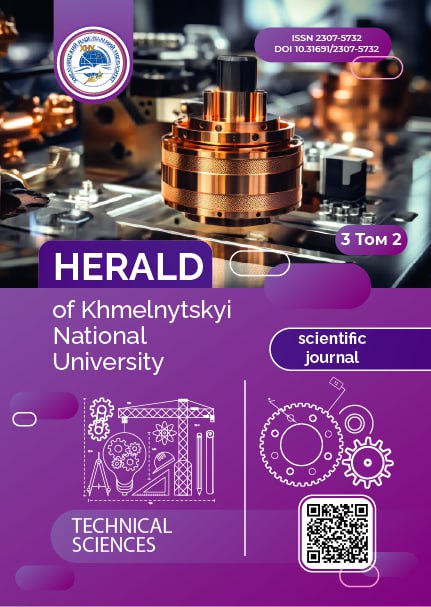UAV CONTROL AND NAVIGATION SYSTEM
DOI:
https://doi.org/10.31891/2307-5732-2025-353-25Keywords:
UAV, flight controller, PID controller, GPS, EW, inertial navigationAbstract
This article presents a comprehensive approach to the design and implementation of a modern control and navigation system for unmanned aerial vehicles (UAVs), specifically developed to ensure operational stability even under the challenging conditions of electronic warfare (EW). The study introduces a detailed structural and functional architecture that integrates classical control algorithms, proportional-integral-derivative (PID) controllers, advanced GPS modules with spoofing and jamming protection, as well as inertial navigation systems capable of compensating for GPS loss. Additionally, the system employs backup azimuth-based navigation, ensuring safe return even when all external navigation signals are compromised.
A key feature of the presented system is its modular adaptability, supporting both military and civilian use cases, including long-range reconnaissance, environmental monitoring, logistics, and emergency rescue operations. The communication subsystem leverages LoRa and CRSF/ELRS protocols with frequency-hopping techniques to maintain secure, interference-resistant data channels. High-power video transmitters and telemetry overlays provide real-time situational awareness for the operator, supported by a user-friendly interface. The system was rigorously tested under near-combat conditions, demonstrating reliable signal integrity at distances up to 25 km, stable flight performance, and autonomous return-to-launch (RTL) behavior. Moreover, software-level enhancements, including modified ArduPilot firmware and pseudo-random frequency reassignment, significantly improved operational resilience.
Future improvements include integrating artificial intelligence (AI) elements for enhanced autonomy, optimizing energy efficiency, and expanding visual navigation capabilities through advanced computer vision technologies. The results confirm that the developed UAV system is a scalable, robust, and effective solution for executing complex missions in dynamically changing and hostile environments.
Downloads
Published
Issue
Section
License
Copyright (c) 2025 ЯРОСЛАВ СПАСЬКИЙ, ВІКТОР БОНДАРЕНКО, НАТАЛІЯ БОНДАРЕНКО (Автор)

This work is licensed under a Creative Commons Attribution 4.0 International License.

